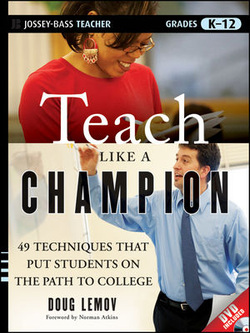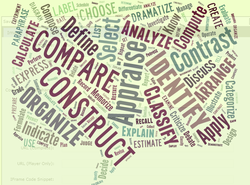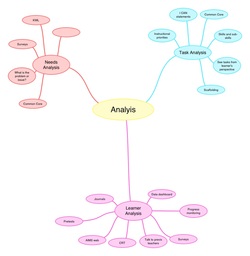- We began by reviewing the evaluation process and importance of the 5 steps in the ADDIE model. We used NEARPOD to take a quiz while covering the information.
- We had time to work on our Thematic Unit. During this time I continued to write lesson plans and fill out the Development/Design Document. I also wrote a rubric that would grade the Thematic Unit. The issue I have with this, come through not giving the students the rubric before the beginning the unit. Students should understand the expectations prior to beginning the unit. Regardless, a rubric helps in grading the project and lessons.
- To finish up the day, we talked about a final document that is needed to be added to the Thematic Unit.
- Evaluation Document:
- Learner Reaction
- What was the learners’ reaction to your thematic unit?
- What did they like?
- What didn’t they like?
- Results of your reaction survey
- Meeting Objectives
- How well did the learners meet the objectives of this thematic unit?
- You may want to include scores from assessments.
- Facilitator Evaluation
- From the instructor’s perspective, what worked and what didn’t?
- What would you change?
- Materials/Technology
- Were the materials or technologies effective and appropriate?
- What worked and what didn’t?
- What would you change?
- Environment
- Could the teaching space be modified in anyway to improve instruction?
- What would you change?
- Continuity & Conformity
- What changes would you make to the design plan to make this unit effective?
Final project presentation info:
- Your project presentation is your opportunity to share your ADDIE thematic unit with the class.
- The presentation style is up to you.
- You will not be graded on how advanced the technology of your presentation is -- this is just the beginning of the Endorsement!
- You should find a way to present in an interesting and informative way.
- Your presentation should include the following:
- An overview of your project (goals, objectives, scope and sequence, how you tied in math, ELA, social studies, and science)
- Evidence that you used the ADDIE model to design your unit (briefly mention your experience with each phase)
- What you learned (evaluate your unit and your use of the ADDIE model)
- The "what you learned" portion should be the largest part of your presentation.




 RSS Feed
RSS Feed